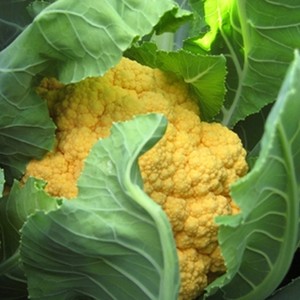04 Mar Sun 2012
JavaJournal March 2012
It’s been a mild winter and we’re in the stretch run to warmer days with increased sunlight. Now is the time when the fun begins for gardeners of all ages and experience levels. It’s time to begin this season by recognizing the seed as the source of all gardens and growth. The seed is nature’s way of giving us a new beginning.
Whether you saved your vegetable seeds from the end of last season or have purchased new seeds for this season, you have all that you need to begin. The cycle never ends. It’s timeless. It’s natural. And it opens the doors to the magic of nature.
Gardening rewards you as you follow the development of your plants every step of the way. Soon you will see the beautiful textures and colors fill your once brown space. And, you will enjoy the taste of freshness and flavor like no other.
If you haven’t already, it’s not too late to plan your garden. Simply keep two things in mind: grow what you like to eat and plan to use our three distinct growing seasons. Our growing seasons are the cool season of March though May, the hot summer season of June, July and August and the moderate season of September through November.
Our cool spring season is actually the trickiest growing season we have, as there’ always the possibility of a late frost and/or the weather often warms much too fast in May. This month, as soon as your soil is ready to till or rake, plant radishes, turnips, peas, beets, chards, onions, carrots and any type of leafy greens to get a head-start to the season. All of these will sprout and grow well in our spring climate.
Now is also the time to start your tomatoes, peppers and eggplant summer seeds indoors to let the plants develop before placing in your garden in May and June. You can also plant summer squash, zucchini, okra and cucumbers indoors at this time or direct plant them in the garden later. Summer vining plants like melons, cantaloupes and winter squash require lots of space. Plan accordingly, but keep in mind that any vining plant can be grown vertically.
If you’re not a gardener, you’re probably craving local, fresh items and looking for them to buy. You might find the first supplies later this month at groceries that specialize in local products, like Local Harvest Grocery in the Tower Grove area. You will have to wait until April for the first of the farmers’ markets to open as the supplies begin to increase as the weather warms.
By May, all of the farmers’ markets will be in full swing with oodles of fresh local products for all tastes and preferences. If a CSA (community supported agriculture) subscription is an option for you, better look now before they are all sold out.
Meanwhile, back at the local grocery, you are seeing more and more American-grown products on the produce shelves. The California strawberries are big and bold and avocados will be very strong this spring. Produce from the warmer states, such as Florida and Arizona, is arriving daily with more fresh options for you and your family. The quality of the products will improve steadily and will be good until our local season gets in gear. Until then you may want to consider the frozen option. These are generally better quality products since they go straight from the fields to the packing process—usually the same day. Frozen products have very good taste and color, and are higher in nutritional value.
Now is the time of year for growers, like me, to spend time in the kitchens with the chefs for whom we grow in this area. Some think that planting is everything, but there is something even more important. Planning is everything. Communication between executive chefs and small specialty growers is vital to the overall success of the season. With this information, the right amount of the right products is planted to meet each restaurant’s needs.
We share information on changes to their menus and plans for their seasonal specials and events. We discuss varieties that they like or dislike, and anything else that will make the growing process organized and efficient. We review new vegetables and herbs that we tried and tested that will add value to any plate.
Gardening and buying fresh, local products is a choice. You choose what to grow and when to grow it, which is part of the fun and adventure. If you do not garden, but choose to buy the best in fresh local produce, you demonstrate that you also have great taste (so to speak).
Growing unique vegetables and herbs from all corners of the world with rich colors, textures and tastes is my passion!

